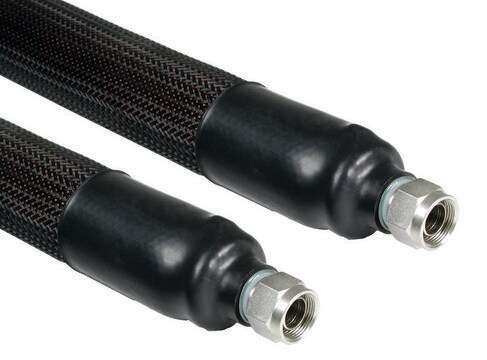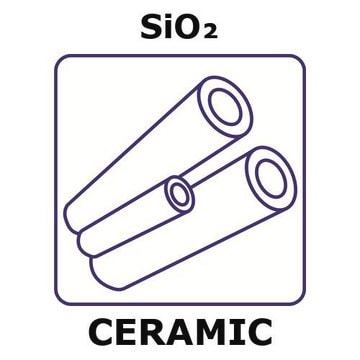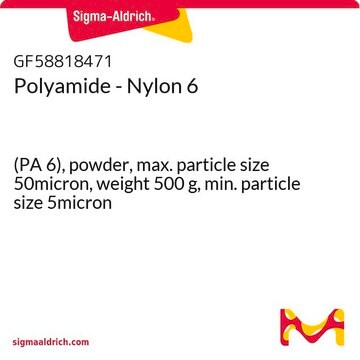GF96312326
Aluminum
honeycomb, 600x600mm, thickness 26.5mm, cell size 6.3mm, cell wall 0.064mm, core density 0.083g/cm3, phenolic adhesive (resin), facing skin carbon fiber / epoxy, 99.9%
Synonym(s):
Aluminum, AL002678
Select a Size
$2,150.00
Select a Size
About This Item
$2,150.00
Recommended Products
material
hexagonal (prism)
description
cell wall 0.064mm
Assay
≥99.9%
autoignition temp.
1400 °F
manufacturer/tradename
Goodfellow 963-123-26
resistivity
2.6548 μΩ-cm
cell size
6.3 mm
size × thickness
600 x 600 mm × 26.5 mm
bp
2460 °C (lit.)
mp
660.37 °C (lit.)
density
2.7 g/mL at 25 °C (lit.)
SMILES string
[Al]
InChI
1S/Al
InChI key
XAGFODPZIPBFFR-UHFFFAOYSA-N
1 of 4
This Item | GF63970498 | GF26773230 | GF23840221 |
|---|---|---|---|
| assay ≥99.9% | assay 99.9% | assay 99.90% | assay 99.90% |
| bp 2460 °C (lit.) | bp 2460 °C (lit.) | bp 2460 °C (lit.) | bp 2460 °C (lit.) |
| mp 660.37 °C (lit.) | mp 660.37 °C (lit.) | mp 660.37 °C (lit.) | mp 660.37 °C (lit.) |
| resistivity 2.6548 μΩ-cm | resistivity 2.6548 μΩ-cm | resistivity 2.6548 μΩ-cm | resistivity 2.6548 μΩ-cm |
| density 2.7 g/mL at 25 °C (lit.) | density 2.7 g/mL at 25 °C (lit.) | density 2.7 g/mL at 25 °C (lit.) | density 2.7 g/mL at 25 °C (lit.) |
General description
Legal Information
Storage Class Code
13 - Non Combustible Solids
WGK
WGK 3
Flash Point(F)
Not applicable
Flash Point(C)
Not applicable
Choose from one of the most recent versions:
Certificates of Analysis (COA)
It looks like we've run into a problem, but you can still download Certificates of Analysis from our Documents section.
If you need assistance, please contact Customer Support.
Already Own This Product?
Find documentation for the products that you have recently purchased in the Document Library.
Active Filters
Our team of scientists has experience in all areas of research including Life Science, Material Science, Chemical Synthesis, Chromatography, Analytical and many others.
Contact Technical Service








